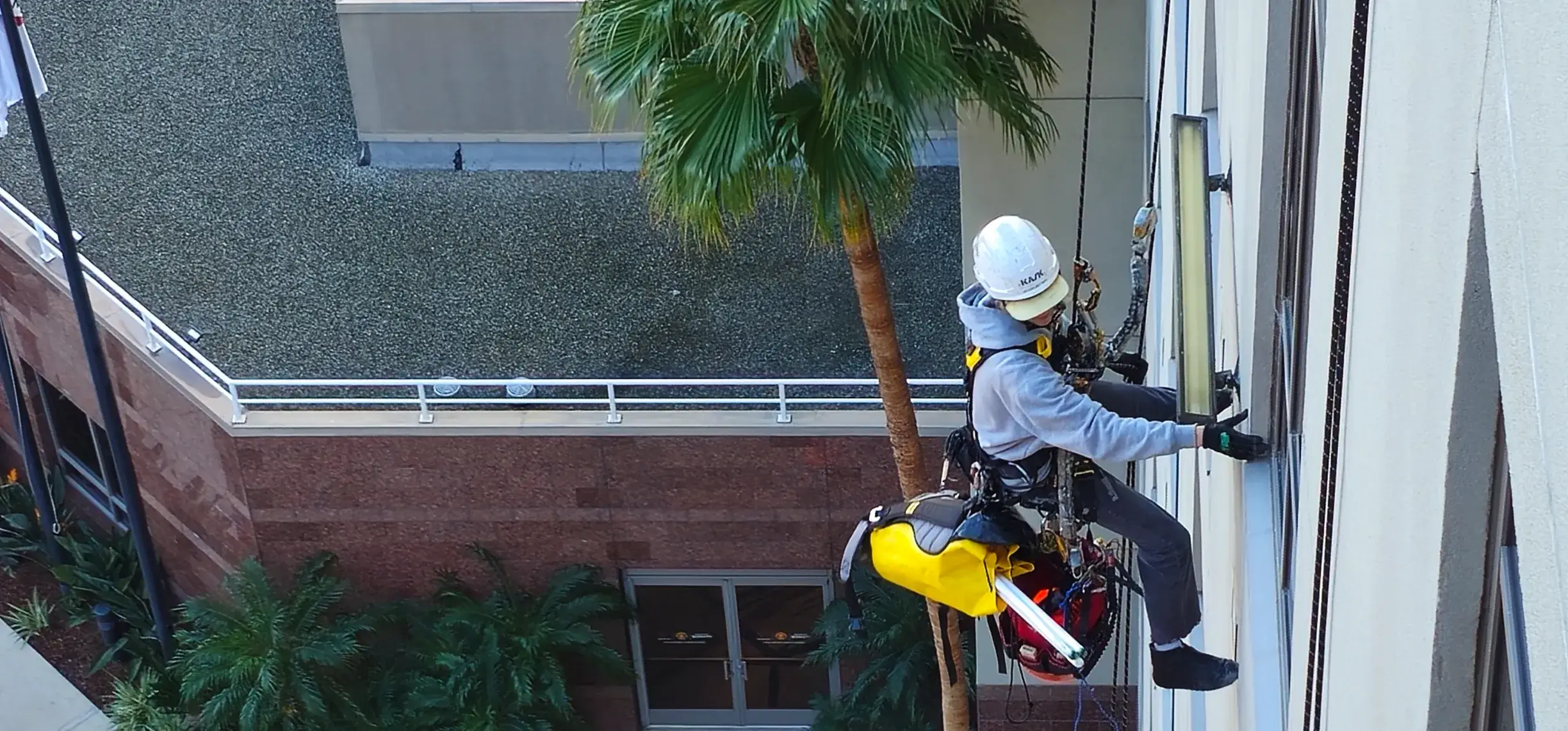Benefits of Using Rope Access Over Traditional Methods

Rope access has revolutionized how industries handle maintenance, inspections, and construction in hard-to-reach areas. Unlike traditional methods such as scaffolding or cranes, rope access offers a more efficient, safer, and cost-effective approach. Let’s explore the top benefits of using rope access over conventional techniques.
Why Choose Rope Access?
1️⃣ Cost-Effectiveness
Rope access significantly reduces project costs. Traditional methods require extensive scaffolding, heavy equipment, and large teams, leading to higher expenses. In contrast, rope access involves smaller crews, minimal gear, and faster setups, making it a budget-friendly solution.
2️⃣ Enhanced Safety
Safety is the foundation of rope access work. Certified technicians follow strict training standards, use multiple backup systems like safety lines, and work within well-defined safety protocols. Furthermore, rope access allows for rapid evacuation and emergency response, ensuring worker safety remains the top priority.
3️⃣ Faster Setup and Completion
Rope access enables teams to mobilize and begin work within hours. Traditional methods, by comparison, can take days or even weeks to set up. This efficiency reduces project timelines and minimizes costly downtime.
4️⃣ Minimal Disruption
Rope access allows technicians to perform work without blocking access points or disrupting daily operations. Unlike scaffolding, which often creates significant obstructions, rope access ensures minimal interference—making it ideal for busy urban areas, industrial facilities, and commercial sites.
5️⃣ Reduced Environmental Impact
Rope access lowers the environmental footprint by requiring fewer resources and less equipment. By using fewer vehicles, reducing fuel consumption, and generating less waste, this method helps organizations align with sustainability goals.
6️⃣ Versatility Across Industries
Rope access adapts to a wide range of tasks and environments. Whether inspecting wind turbines, repairing building facades, or maintaining offshore platforms, technicians can reach areas that traditional methods cannot.
7️⃣ Precision and Quality of Work
By allowing technicians to position themselves exactly where needed, rope access delivers precise and high-quality results. This accuracy leads to thorough inspections, effective maintenance, and long-lasting repairs.
8️⃣ Flexibility for Complex Projects
Rope access is highly flexible and can accommodate projects of any size. Technicians can quickly adapt to changing conditions and unexpected challenges, making it ideal for time-sensitive or complex jobs.
9️⃣ Fewer Permits and Permissions
Traditional methods like scaffolding often require multiple permits, which can delay project timelines. Rope access typically involves fewer regulatory steps, enabling faster project starts and smoother execution.
🔟 Superior Inspection and Maintenance
Technicians using rope access perform detailed inspections, capture high-resolution images, and use advanced tools like ultrasonic testing. This capability ensures early detection of issues and promotes proactive maintenance.
FAQs
Answers About Rope Access Techniques
What is rope access?
Rope access is a method for performing work at height using ropes and specialized gear for safe positioning.
How does it compare to scaffolding or cranes?
Rope access is typically faster, safer, and more cost-effective than traditional methods. It also causes less disruption and has a smaller environmental impact. Details…
Is rope access safe?
Yes. Rope access relies on strict training, certification standards, and backup systems such as secondary lines and fall arrest gear.
What tasks can rope access handle?
It’s ideal for inspections, maintenance, repairs, painting, cleaning, and structural assessments in hard-to-reach areas.
Can it be used in all weather?
Rope access works in many conditions, though extreme weather like high winds or storms may require postponement for safety.
What equipment is used?
Essential gear includes ropes, harnesses, helmets, descenders, ascenders, and tools specific to the task.

